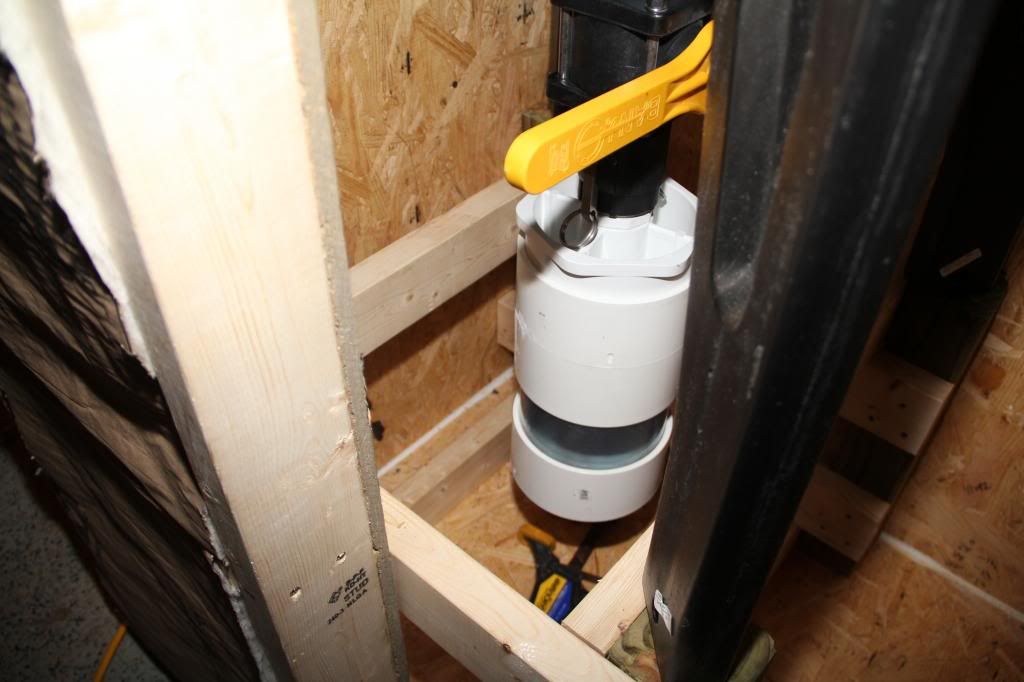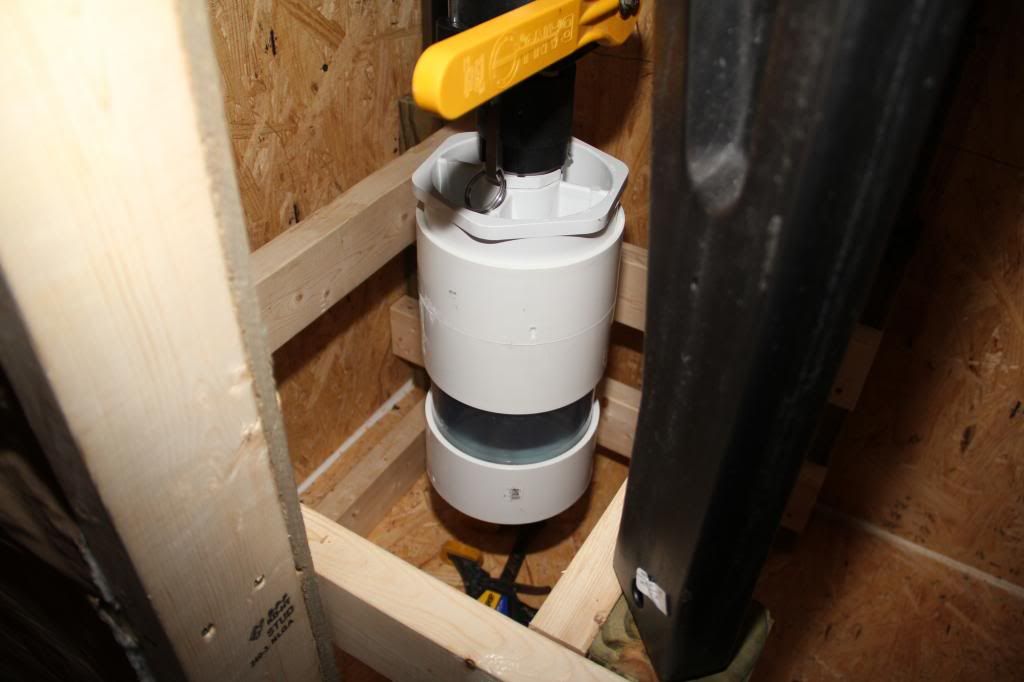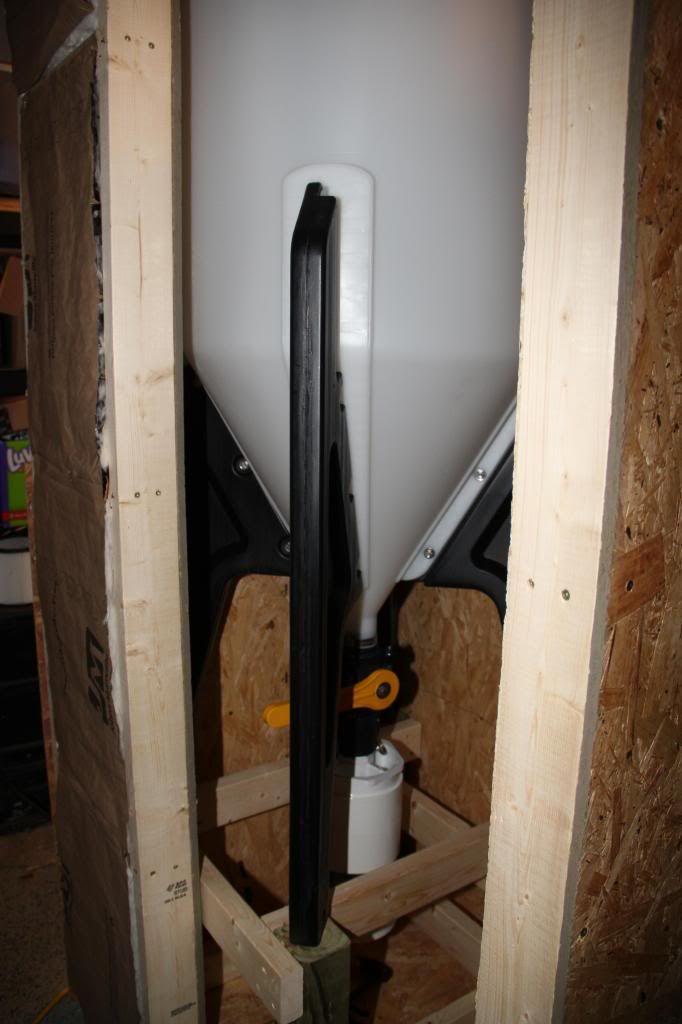I've been sitting on this conical for several months now and have yet to order the remaining parts to assemble it. Was waiting to find a standup fridge/freezer and finally got it a couple weeks back. Between then, I also managed to pick up a keg that I'll be turning into a keggle [potentially adding in a spigot for it to be a large bottling bucket, as well].
So before I start to order these parts, valves, and what not.... how necessary do you guys consider a racking port to be? A conical with 1 quart sight glass should theoretically[/i] remove most of the yeast. And I could hopefully remove the "rest of the trub" (i.e. - hops sediment) by just adding a really good strainer above the conical fermenter, which will add a bit extra oxygen before pitching the yeast. So after fermentation, there will be minimal yeast left over, and I'll be able to rack straight from the bottom valve [after removing the sight glass] directly to bottles??? That why I won't need to add a spigot to my keggle, or a racking port to the fermenter. Good idea?? Others use this same process with good results, yes?
TL;DR -- Is a racking port really worth it, potentially compromising both the "solidity/durability" and "cheapness" of a plastic conical fermenter?




















![Craft A Brew - Safale BE-256 Yeast - Fermentis - Belgian Ale Dry Yeast - For Belgian & Strong Ales - Ingredients for Home Brewing - Beer Making Supplies - [3 Pack]](https://m.media-amazon.com/images/I/51bcKEwQmWL._SL500_.jpg)




































 saying that?
saying that? 



